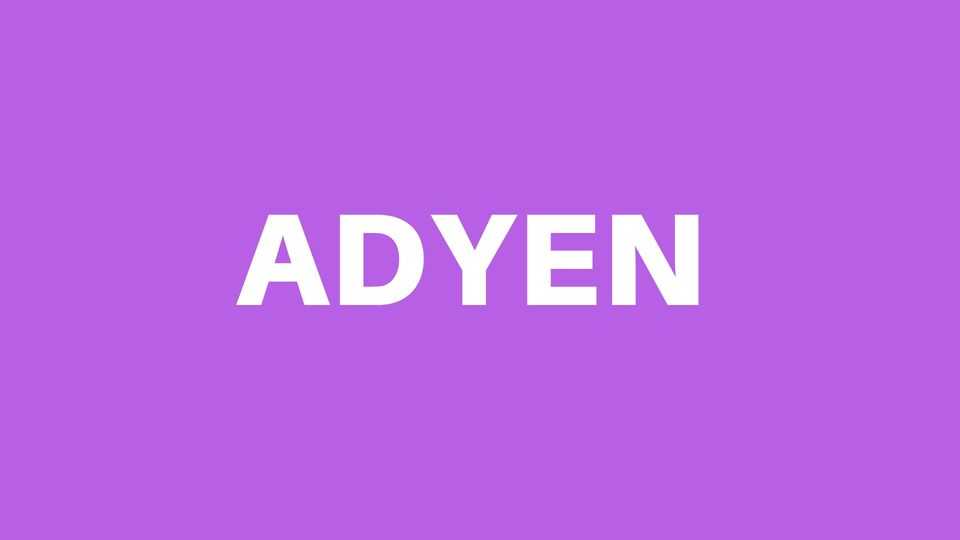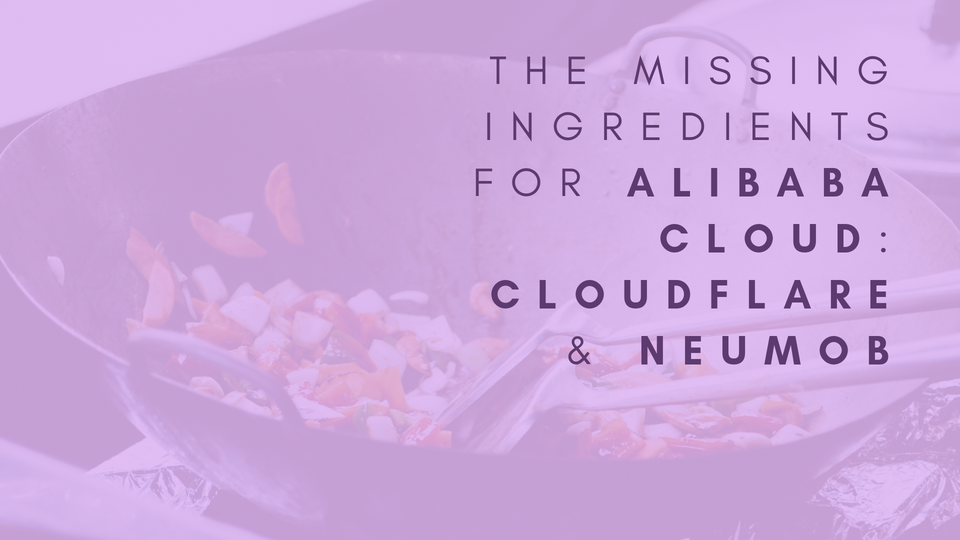The Mobile Marketing Economic Impact study, directed by Peter A. Johnson, PhD and Joseph Plummer, PhD, both Adjunct Professors from the Columbia University in New York showed up in my inbox; in a combined news from Business Insider´s BII MOBILE INSIGHTS, where from WIRED, came the first interview to Sundar Pichai like the new Android’s boss at Google.
This made me to think to write a post about why I think that Mobile Analytics is the next Big Wave for business.
The study is focused to see which is the actual impact for the U.S economy of Mobile Advertising, and to predict its behavior for the next years.
The mobile marketing ecosystem generated $139 billion of incremental output to the U.S. economy in 2012, a significant surge from $48 billion in net sales previously reported in 2010. Over the next five years, this figure is set to skyrocket to $400 billion representing an annual growth rate of 52 per cent.
To accurately assess mobile’s economic impact, both consumer (B2C) and business (B2B) mobile sales were measured against total U.S. sales in 2012, approximately $33 trillion. The data was reported in the “MMA Mobile Marketing Economic Impact Study,” commissioned by the Mobile Marketing Association (MMA), the leading global trade association for the mobile marketing industry.
So, that’s the main reason why many companies are interested more than ever to create engaging and cool mobile apps for the main platforms like iOS, Android (the most popular platform with 750 million devices worldwide, with 1.5 million new activations every day), Windows Phone, BlackBerry.
But OK, you decided with your team to create an app for iOS and another for Android. Then, the questions begin to came out: How can you measure the engagement of your users?
How many people are using your apps? How many monthly active users (MAU) do you have per app? How many downloads have your apps in App Store and in Google Play? Which is Customer Lifetime Value for every app? These are a lot of questions to be answered right now, but how? There are two incredible teams which are disrupting this field: Flurry and Localytics.
Flurry

First, you must know that the fuel of Flurry is the precisely the huge data sets that collects everyday. You can all numbers in its Big Data section:
- More than 100,000 clients
- 2 TB of Data EVERYDAY
- 2,8 Billions of App Sessions Per Day
- Present in more than 300,000 apps
- 1 Billion of devices reached every month
If you want to see more stats, see this amazing talk from Simon Khalaf (@simonkhalaf), Flurry’s CEO in Slideshare:
[slideshare id=16045629&doc=flurrysimonkhalafsource13pptfinal-130117142733-phpapp02]
Yes, my friend, the numbers of Flurry are insane but, How they are doing so well? and How they are managing all this infrastructure?
Flurry’s Big Data infrastructure
Here’s your answer: Hadoop is a key component of the architecture, because when you review all Engineering and Data related positions at Flurry, they give you some bonuses if you know already to use Hadoop, Pig, Hive and MapReduce to build Data-Driven applications; Alex Rovner, who is currently an Engineering Manager for AppSpot at Flurry; is a Hadoop Big Fan and one of the co-organizer of Hadoop NYC Meetup; and when you have a little search about Hadoop or HBase at Flurry Tech blog, there are amazing posts related to the technology; and another good resource about the use of Hadoop at Flurry is in the amazing talk given by Sean Byrnes, Flurry’s CTO at StrataConf 2012 in Santa Clara, California, where he put some interesting stats in that time (the updates are here):
- More than 900 Servers (now more than 2000)
- Handling 1,5 PB (the current number for this, I don’t have it )
- 1.2 Billions of App Sessions (now more than 2.8)
- More than 1000 nodes for the HBase cluster
So, my good fellow: “If you are going to apply for a Software Engineering position for Analytics at Flurry or for a Data Scientist position, you have to know very well the technology”, and of course, you should read this.
Flurry Analytics
But, let’s talk about the offering from the company, and why every Mobile application developer should take a look to its services.
They have divided its Analytics services in three categories:
All this can give to users a lot of information about app usage and more, but Why not to use more Data Mining and Machine Learning techniques to build more cool things for the user like co-hort analysis, CLV, predictive analytics, etc? Using this kind of techniques, Flurry could be more useful for its customers, and if all advertising efforts could be based on all this, much better.
(By the way, if you want to see more cool Data Visualizations of the gathered data from Flurry, follow the portfolio of Mary Ellen Gordon, PhD, Director, Industry Insights & Analysis at Flurry). And this the kind of things that I see in better shape in the another team: Localytics. Let me explain you why. See that I’m just covering Analytics here, Flurry has a lot of very good services, and it’s a leader in this field, so, you have to keep a clinical eye over them.
Localytics
Localytics have two great services called App Analytics and App Marketing. All is united in a single dashboard with an amazing UI, which is divided in several categories too: Funnel Management, User Segmentation, Engagement Analysis, Lifetime Value tracking, for App Analytics; and for App Marketing, it’s divide in: Acquisition Management, Campaign Management, Behavioral & Location Targeting, Personalized In-App Messaging and A/B Testing. All these features, make of Localytics’s Plans a very good choice for Mobile Application developers too.
Localytics’s Big Data Infrastructure
They seems to be a loyal customer of HP Vertica Analytic Platform, but I don’t know the exact numbers for this. In the HP Vertica Boston Meetup in January, 2013, Andrew Rollins (Founder and Chief Software Architect of Localytics) and Michal Klos, from 360ix gave two technical talks how they use Vertica for its customers. You can see the recap in the Vertica’s blog:
Following Michal’s demonstration, Andrew took the floor to talk about how Localytics uses the HP Vertica Analytics Platform to analyze user behavior in mobile and tablet apps. With HP Vertica, Localytics gives their customers access to granular detail in real-time. Localytics caters to their clients by launching a dedicated node in the cloud for each customer. With the HP Vertica Analytics Platform powering their data in AWS, their customers can start gathering insightful data almost immediately.
Reading a recent open position like Back-End Software Engineer, I saw that they are using a lot of cool things like Hadoop (again), Chef, MongoDB, Scala, and Ruby on Rails, and many more. For example if you want to see how they used MongoDB, just see this talk from Benjamin Darfler, Principal Software Engineer at Localytics:
[slideshare id=9515255&doc=mongodb-111002220708-phpapp01]
But, I saw too that they are looking for an Inbound Marketing Manager/Director, which should report to Bernd Leger (@berndleger), VP of Marketing at Localytics; so if you want to shake the Mobile Analytics space, this is a great team for it too.
Conclusions
So, my good Data-Driven fellows, if your company is developing a Mobile app, you have to consider to work with one of these amazing teams, I let you the decision to you. Both companies; Flurry and Localytics are awesome in its work, so, I’m strongly recommend them for Mobile Analytics; remember; this is my opinion, you can have your personal opinion; I’m just giving you an advice: TAKE OR LEAVE IT. It’s your choice. Thanks a lot for reading.




